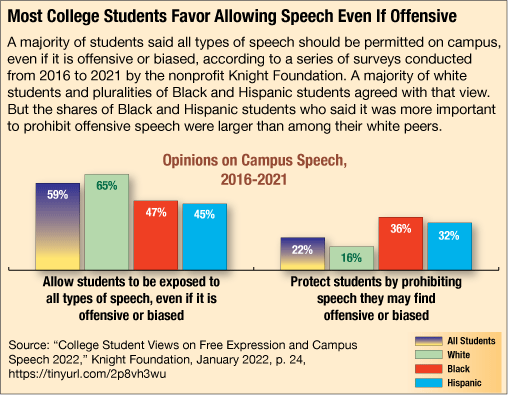Reference



OpenAI's Answer
Cases that demonstrate the balance between free speech and public licensing requirements often involve the regulation of expressive activities that require permits or licenses. Here are some notable examples:
-
City of Los Angeles v. Alameda Books, Inc. (2002): This case involved the regulation of adult entertainment businesses and the city's zoning laws. The Supreme Court upheld the city's right to impose certain licensing requirements, balancing the need for public order with the First Amendment protections for free expression.
-
Renton v. Playtime Theatres, Inc. (1986): The Supreme Court ruled that a city could restrict adult movie theaters from operating within certain zones. This case illustrated how local governments can impose licensing requirements on businesses to mitigate secondary effects (e.g., crime, decreased property values) while still recognizing the importance of free speech.
-
Nationalist Movement v. City of York (1999): This case addressed a protest by the Nationalist Movement that was subjected to a city ordinance requiring a permit for demonstrations. The court found that while the city had a legitimate interest in regulating public gatherings, it also had to ensure that such regulations did not infringe upon the group's First Amendment rights.
-
Cox v. New Hampshire (1941): This case upheld the constitutionality of requiring a parade permit as a valid time, place, and manner restriction. The court emphasized that licensing can be a necessary tool for managing public order without infringing on free speech.
-
Madsen v. Women's Health Center, Inc. (1994): This Supreme Court decision involved a buffer zone around abortion clinics. The court ruled that while the state had an interest in protecting access to healthcare facilities, any licensing or buffer requirements must not overly restrict free speech.
These cases illustrate the ongoing judicial balancing act between the government’s interest in regulating public spaces and events through licensing and the protection of free speech under the First Amendment.
For more detailed information, you can refer to the First Amendment Encyclopedia's article on licensing and permit laws here.
